
What do Tokyo, New York, London, Paris, Singapore, Seoul and Hong Kong have in common? They’re all very progressive cities or territories. And perhaps it’s no coincidence that they all also have an excellent and reliable subway train. Indeed, go to any prosperous and dynamic urban district in the world and chances are you’ll find an underground rapid-transit system. We suspect it’s actually why they’re booming in the first place—people are able to get to where they need to go, fast and easy. Which means more work is done. And more visitors want to spend time (and money) there.
That Metro Manila can’t seem to reach its full potential isn’t really surprising. We don’t have a subway train. And so we all have to waste countless precious hours in traffic just trying to go to work or school. There’s no quality of life, period.
But this is bound to change soon, at least based on the much-ballyhooed promise of the Department of Transportation. On February 27, DOTr is scheduled to officially commence the Metro Manila Subway Project by breaking ground in Barangay Ugong in Valenzuela City.
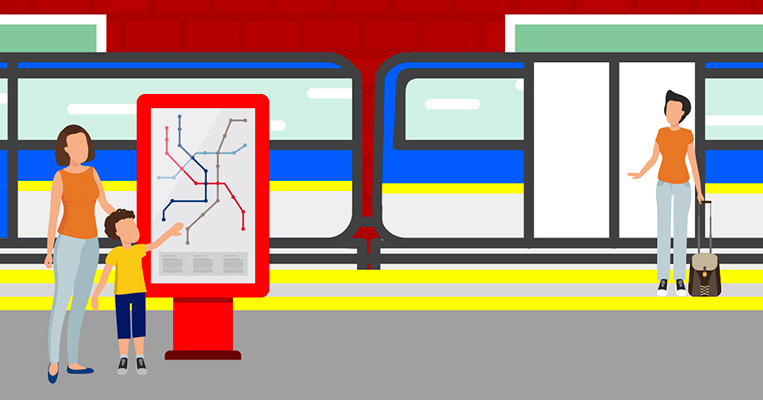
Detailed information is expected to be released on the above-mentioned date, but for now we already know that this subway train will connect North Avenue in Quezon City to Ninoy Aquino International Airport Terminal 3 in Pasay City. Between these two locations will be constructed a total of 15 stations (although three of these stations are being projected to be “partially operable” by 2022).
Metro Manila Subway trains, according to DOTr, will have a speed of 80km/h and take just 31 minutes to travel from end to end.
The project will be carried out under the auspices of the Japan International Cooperation Agency. Naturally, DOTr claims it will utilize “advanced technology from Japan,” which means it will be safe and even earthquake-proof.
If DOTr successfully pulls this off, we’ll wholeheartedly agree with the current administration that this indeed is the Philippines’ “Golden Age of Infrastructure.” Fingers crossed.

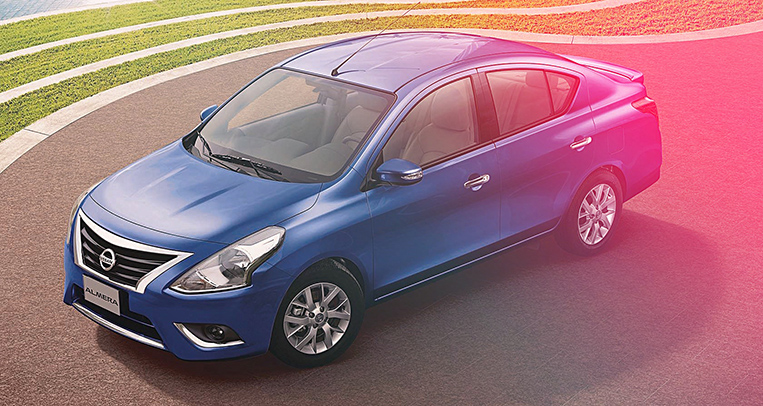
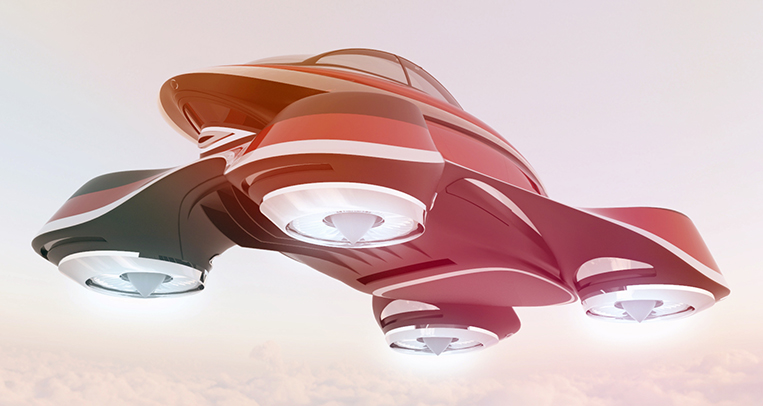
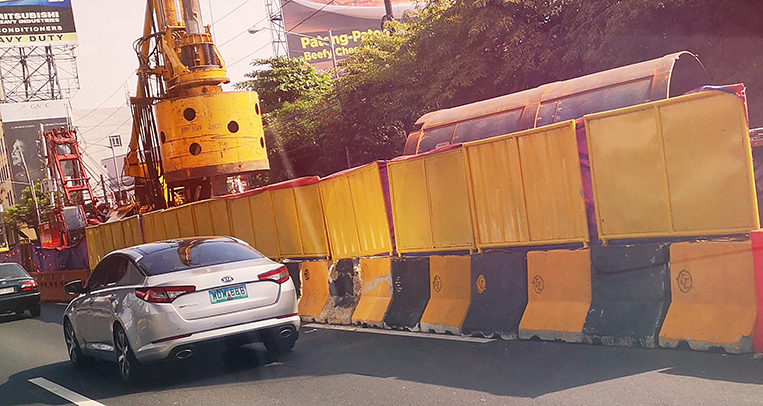
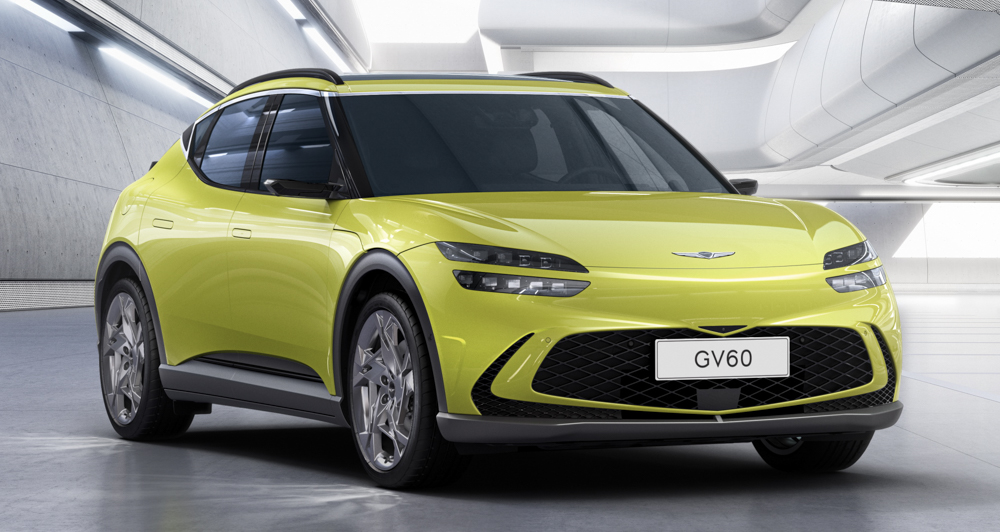
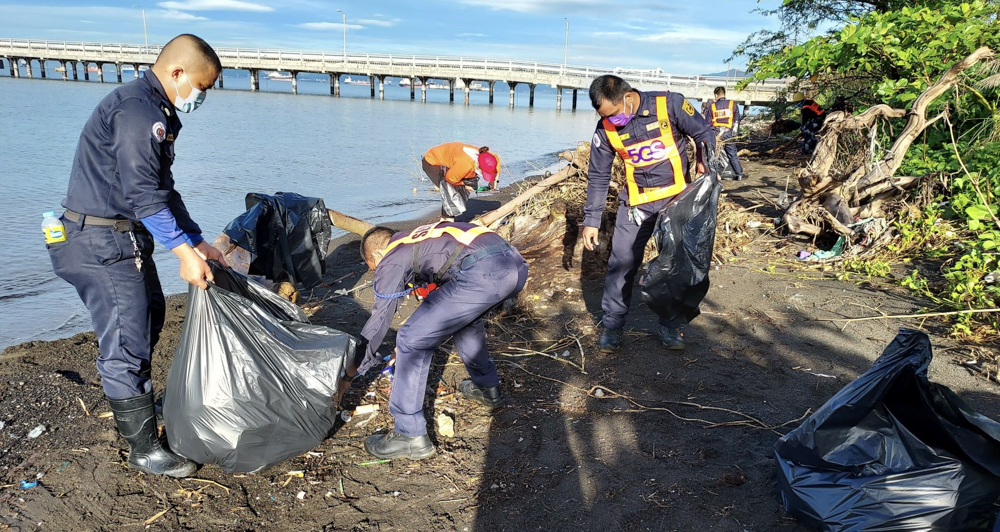




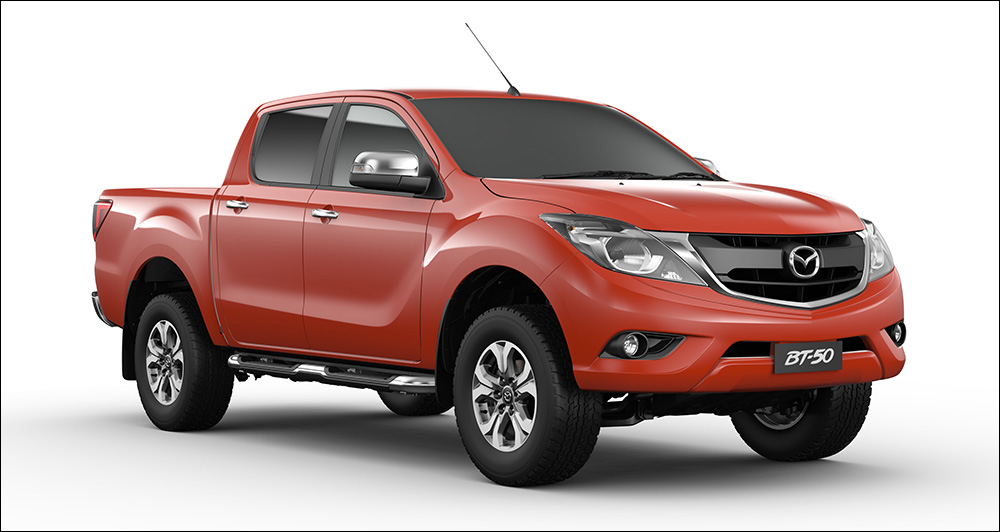
Comments